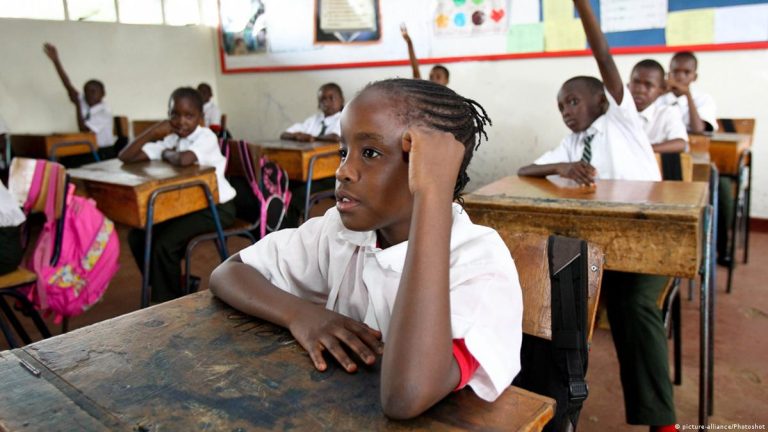Crop Pests and Methods of Control Agricultural Science J s 1
LESSON NOTE
Subject: Agricultural Science
Class: JSS 1
Week: 9 & 10
Topic: Crop Pests and Methods of Control
Crop Pests and Methods of Control Agricultural Science J s 1
LEARNING OBJECTIVES:
By the end of the lesson, students should be able to:
- Explain what they understand by pests.
- Identify different insect pests and name their mouthparts.
- Describe the methods of pest control.
- Apply any of the methods to pest control on the school farm and around their homes.
- Give reasons for controlling pests.
KEY VOCABULARY WORDS:
- Pests
- Insect pests
- Vertebrate pests
- Chemical control
- Biological control
RESOURCES AND MATERIALS:
- Pictures and charts showing different pests
- Samples of pest control methods (e.g., insecticides, traps)
- Real-life examples of common farm pests
BUILDING BACKGROUND:
Start by asking students if they have noticed insects or animals that damage crops on farms or gardens. Discuss how these animals or insects cause harm to crops and reduce the quality and quantity of food produced.
CONTENT:
I. Meaning of Pests
- Pests are organisms that cause damage to crops, livestock, and stored products. They reduce the quantity and quality of farm produce by feeding on crops or transmitting diseases.
II. Classification of Pests
- Insect (Invertebrate) Pests: These pests include small insects that damage crops by feeding on leaves, stems, fruits, or roots. Examples include grasshoppers, caterpillars, and beetles.
- Non-Insect (Vertebrate) Pests: These are larger animals such as birds, rats, and monkeys that damage crops by eating the fruits or destroying plants.
III. Classes of Insect Pests Based on Their Mouthparts
-
Biting and Chewing Insects:
- These insects have strong jaws that allow them to bite and chew plant parts, causing damage to leaves and stems. Examples include grasshoppers, caterpillars, and beetles.
-
Piercing and Sucking Insects:
- These insects have sharp mouthparts that pierce the plant tissue and suck the sap, causing the plant to weaken or wilt. Examples include aphids, whiteflies, and mealybugs.
-
Boring Insects:
- These insects bore holes into plant stems, fruits, or seeds, where they lay their eggs. The larvae that hatch inside the plant cause further damage. Examples include stem borers and weevils.
IV. Names and Description of Important Insect Pests
- Grasshoppers: They bite and chew leaves and can cause serious damage to crops, especially cereals like rice and maize.
- Aphids: These small, soft-bodied insects suck the sap from plants, causing the leaves to curl and the plant to weaken.
- Weevils: These pests bore holes in seeds, grains, or stems, causing significant damage to stored products and crops like maize.
- Caterpillars: These are the larvae of butterflies or moths that chew through plant leaves, causing damage to fruits, vegetables, and cereals.
- Stem Borers: These insects bore into the stems of crops like sugarcane, maize, and sorghum, causing stunted growth or death of the plant.
V. Methods of Pest Control
-
Chemical Control:
- This involves the use of chemicals (insecticides) to kill pests. Insecticides like DDT and permethrin are sprayed on crops to kill insects. Care must be taken to avoid overuse, as it can harm the environment.
-
Physical Control:
- This method involves manually removing pests or using traps to catch them. For example, farmers can handpick caterpillars off crops or use traps to catch rats.
-
Biological Control:
- This method involves using natural predators to control pest populations. For example, introducing ladybugs to control aphids or using birds to feed on insects. It is environmentally friendly and safe for crops.
Crop Pests and Methods of Control Agricultural Science J s 1
WRAP UP & ASSESSMENT:
- Ask students to name different types of insect pests and the method they would use to control each one.
- Have students discuss the importance of controlling pests to ensure healthy crop production.
- Allow students to practice handpicking pests from the school farm or demonstrate how traps and insecticides can be used.
ASSIGNMENT:
- Identify and describe three insect pests you have seen around your home or farm and explain which control method you would use.






